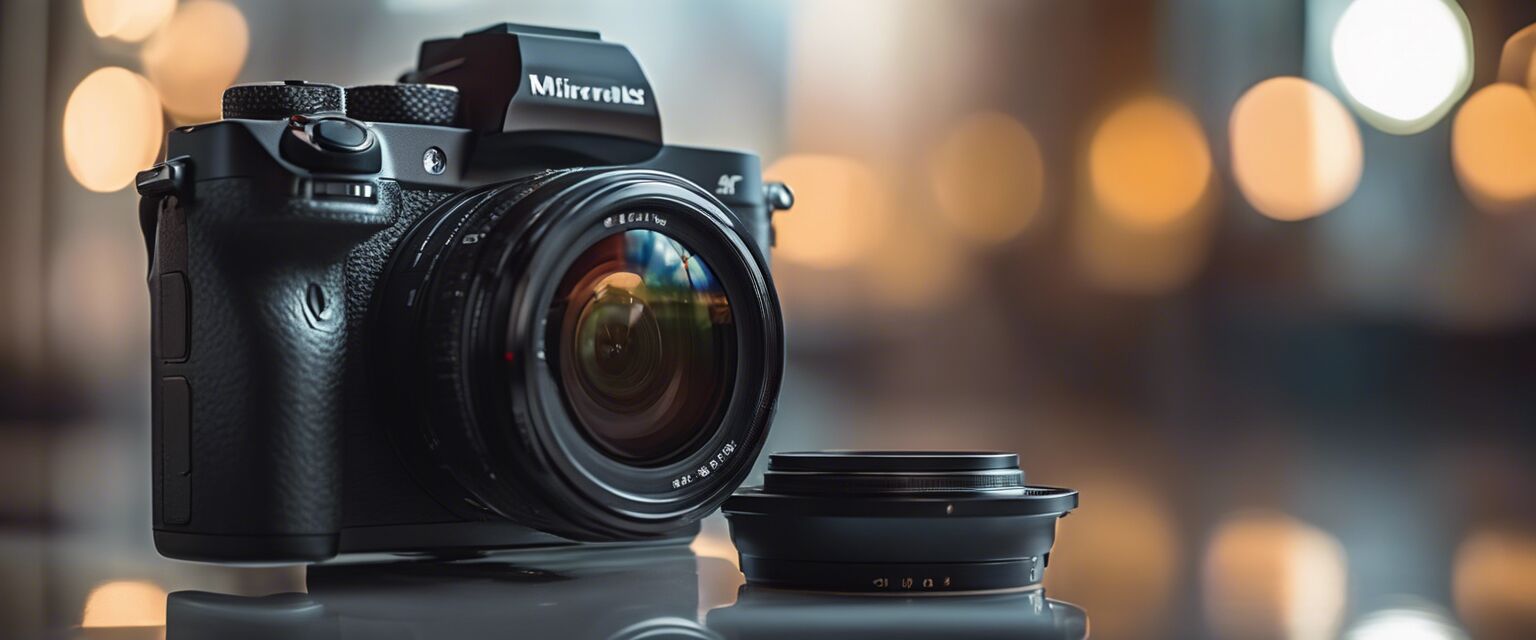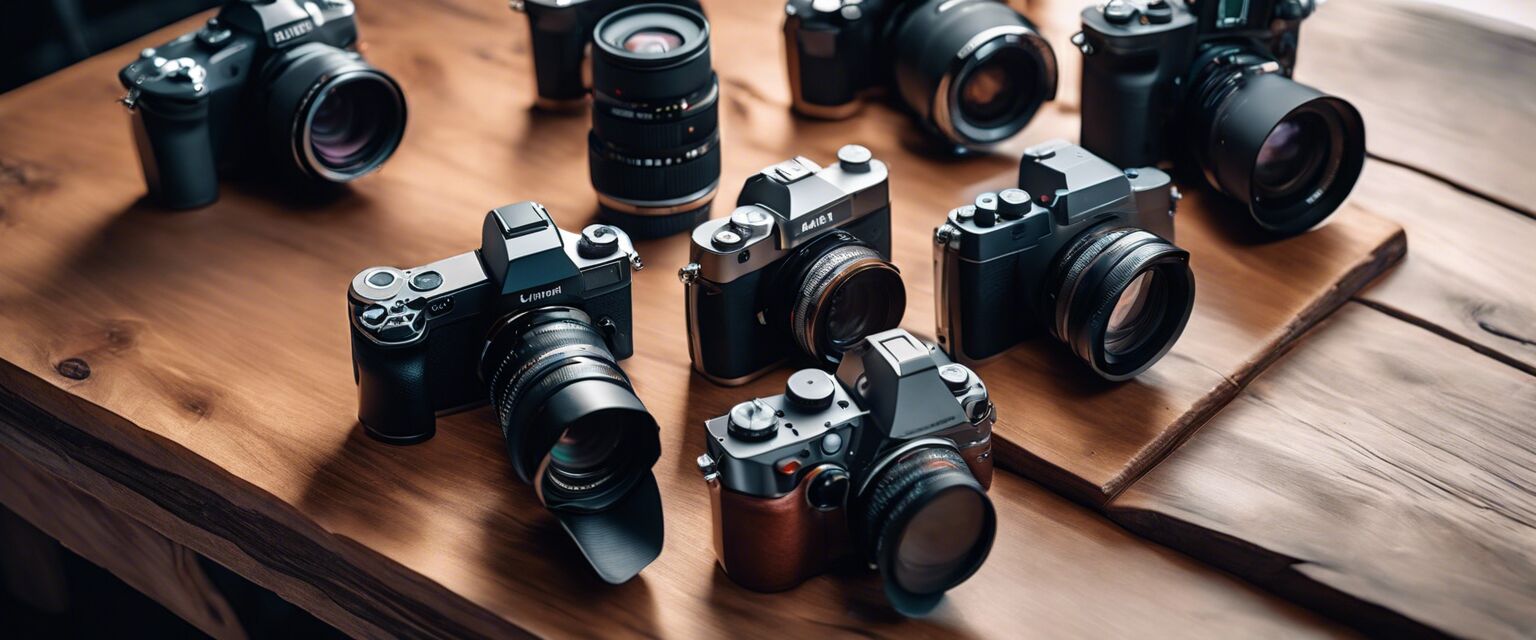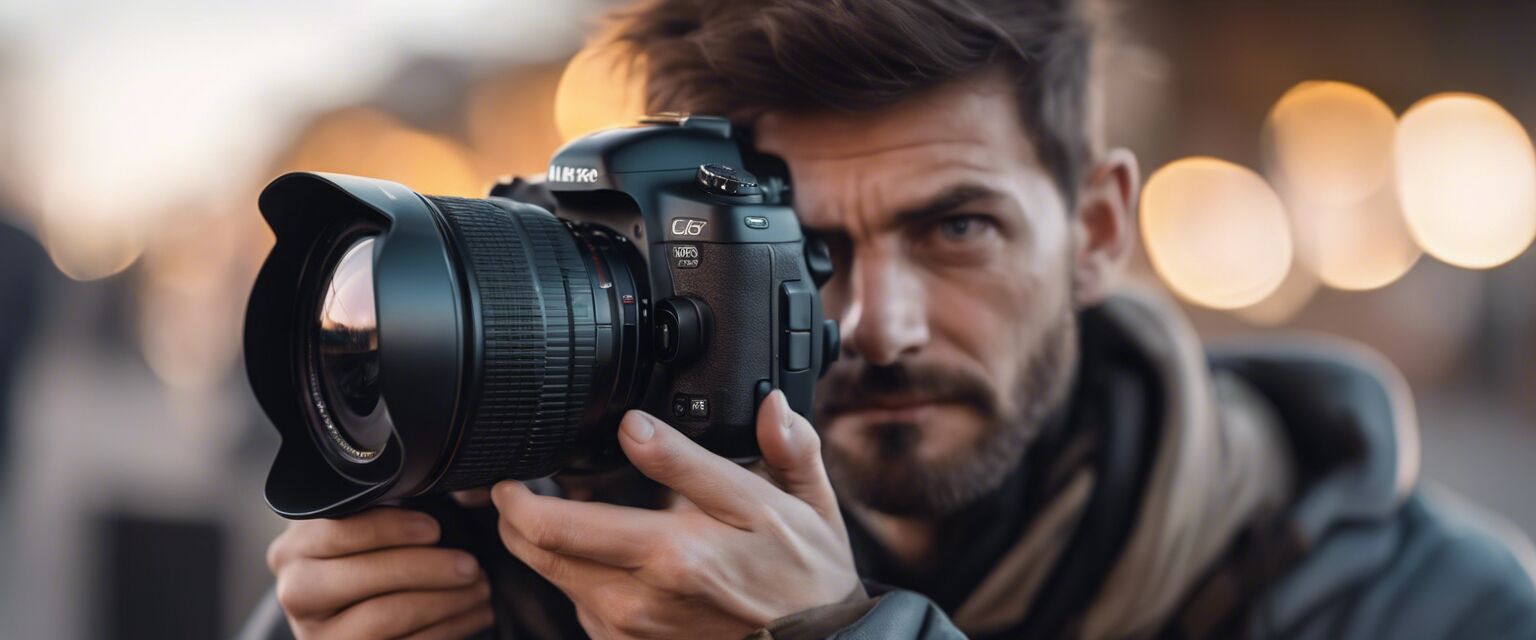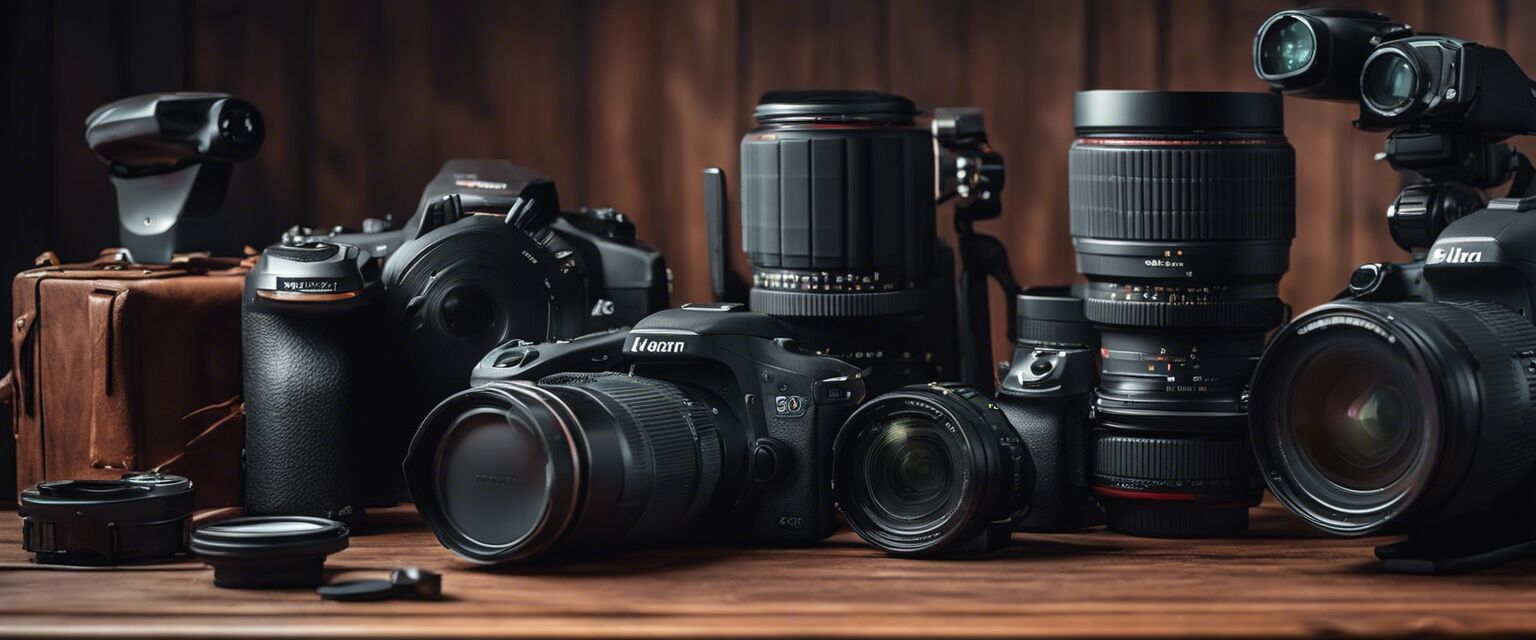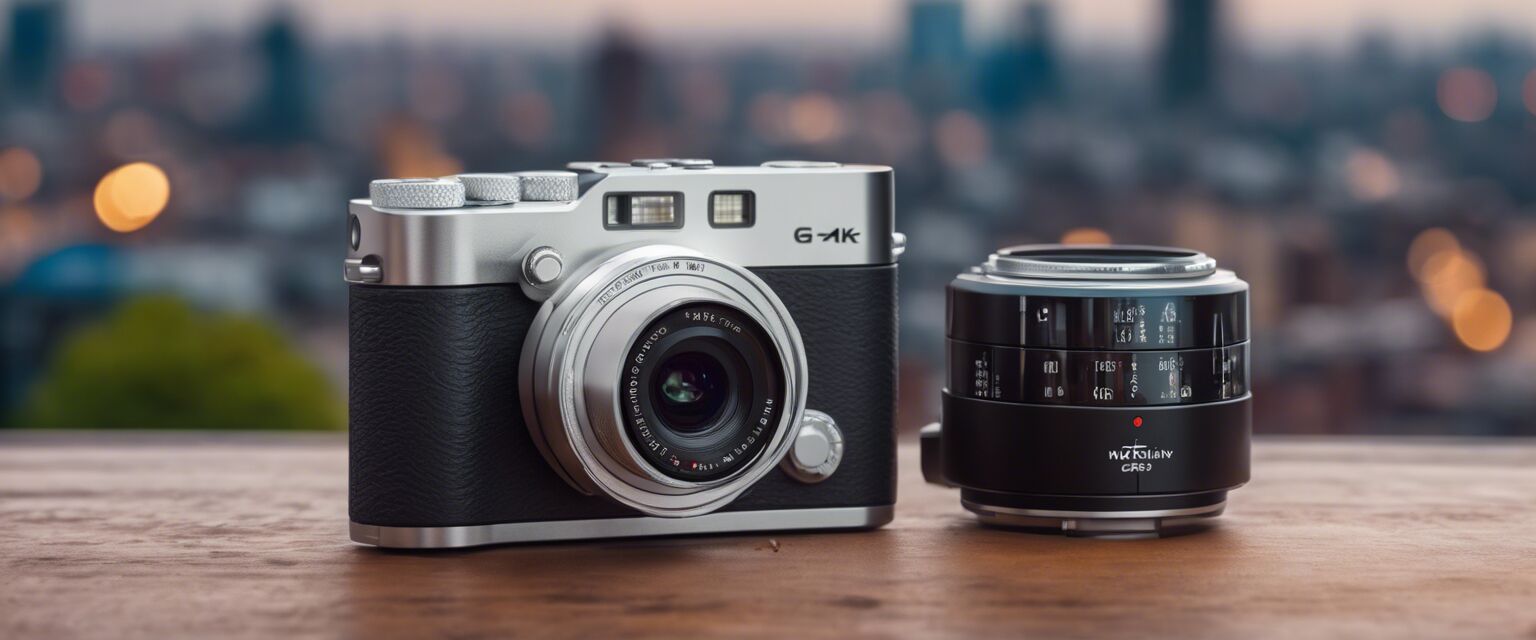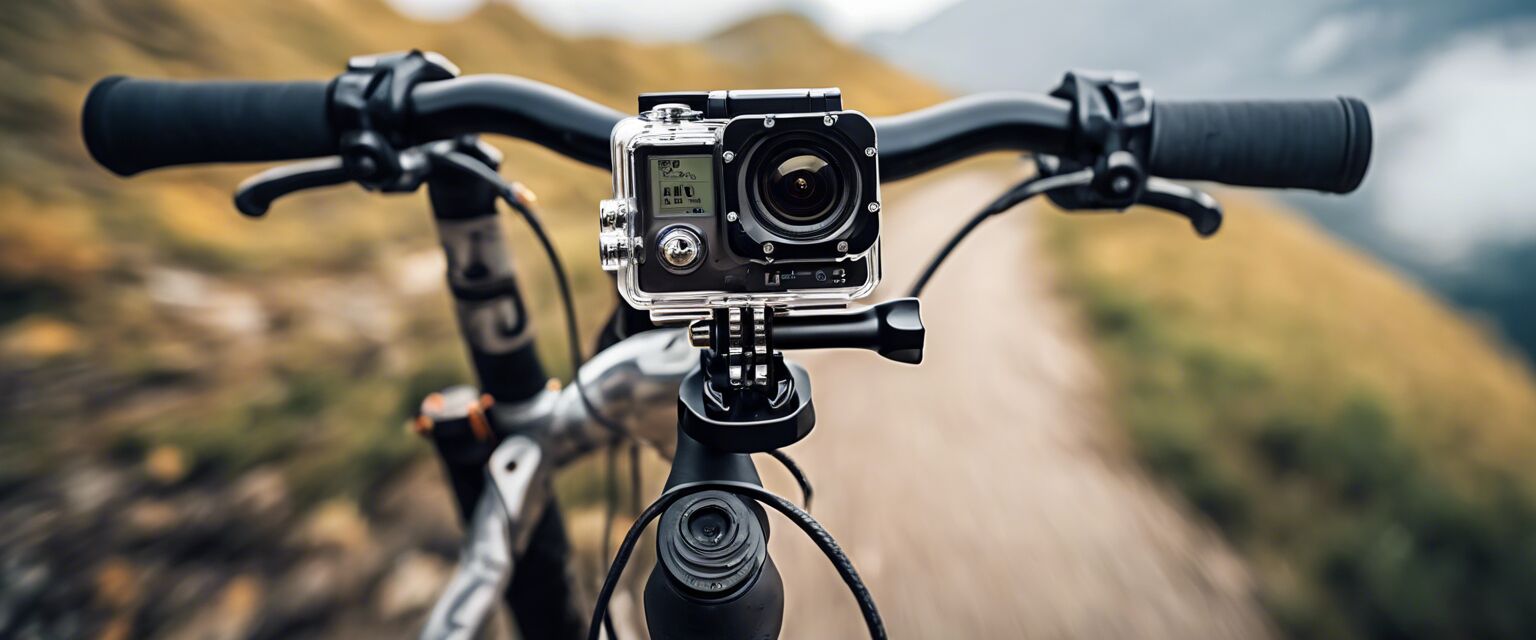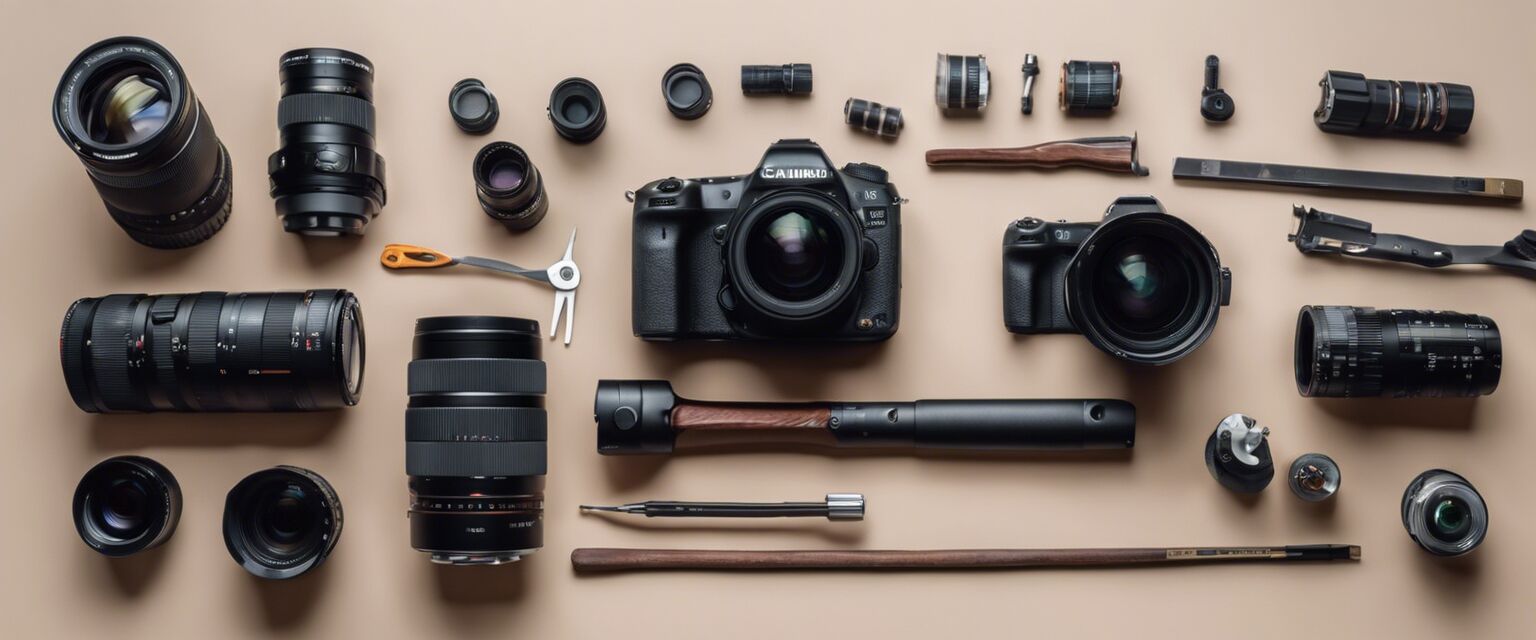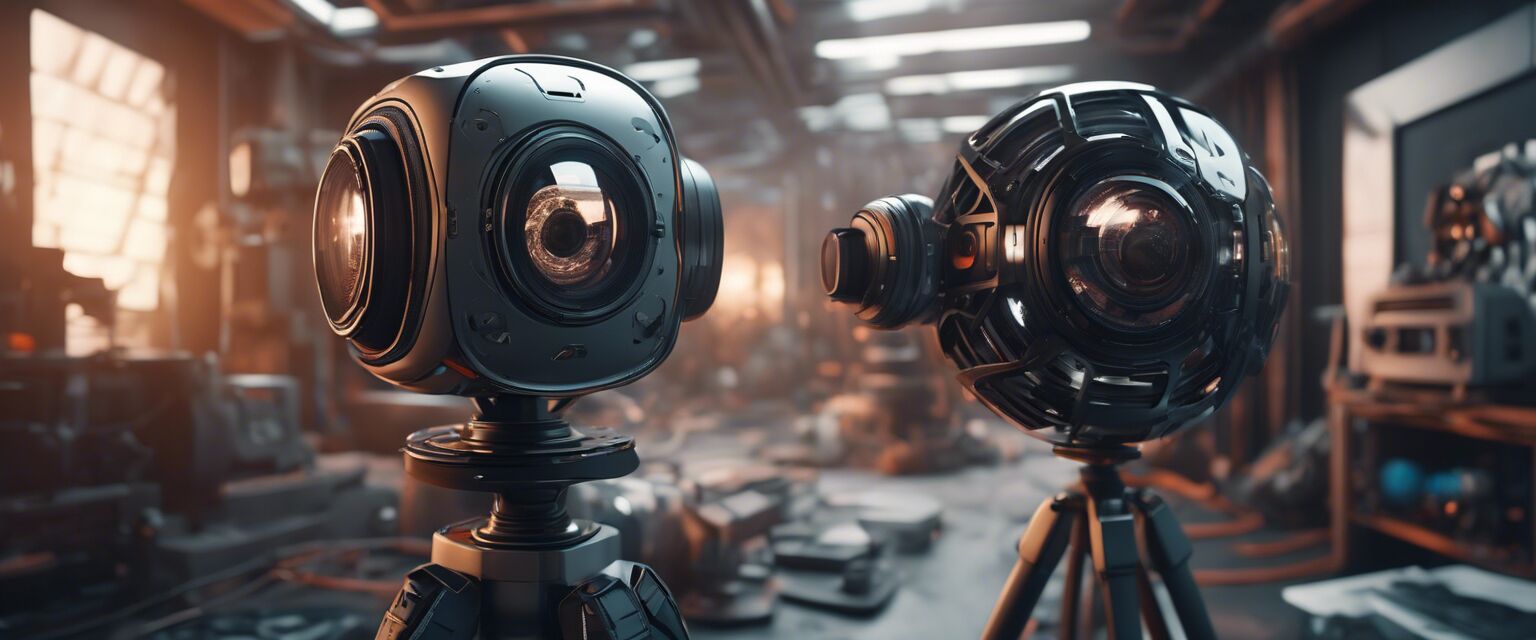
360-Degree Cameras: The Future of Photography and Beyond
Imagine being able to capture a moment in time from every angle, simultaneously. That's the power of 360-degree cameras. These innovative devices are changing the way we take photos and videos, and opening up new possibilities for industries from real estate to healthcare.
Key Takeaways
- 360-degree cameras capture a full 360-degree field of view in a single shot
- They offer a range of practical applications, from virtual tours to surveillance
- Innovations in stitching and software are improving image quality and usability
How 360-Degree Cameras Work
So, how do 360-degree cameras manage to capture the entire scene at once? The answer lies in the camera's design and software. Typically, a 360-degree camera consists of multiple lenses, each capturing a portion of the 360-degree field of view. The images are then stitched together using sophisticated software to create a seamless, 360-degree image.
| Feature | 360-Degree Camera | Traditional Camera |
|---|---|---|
| Field of View | 360 degrees | Limited to a single angle |
| Number of Lenses | Multiple | Single |
| Image Stitching | Software-based | N/A |
Practical Applications of 360-Degree Cameras
So, what are the practical applications of 360-degree cameras? The answer is, there are many! From virtual tours to surveillance, these cameras are opening up new possibilities across industries.
- Real Estate: Virtual tours of properties are becoming increasingly popular, and 360-degree cameras are making it possible.
- Surveillance: 360-degree cameras offer a wider field of view, making them ideal for security applications.
- Healthcare: 360-degree cameras are being used in hospitals to capture medical procedures and enhance training.
- Travel: 360-degree cameras are perfect for capturing stunning travel photography and virtual tours.

Innovations in 360-Degree Camera Technology
As with any technology, innovations are constantly being made to improve 360-degree cameras. One of the biggest advancements has been in image stitching software, which has greatly improved image quality and reduced the time it takes to process images.
Other innovations include:
- Improved lens design for better image quality
- Increased resolution and pixel density
- Enhanced software for easier editing and sharing

Pros
- Wide field of view captures entire scene
- Multiple applications across industries
- Improved image quality with advancements in stitching software
Cons
- Higher cost compared to traditional cameras
- Complexity of stitching software can be overwhelming
- Limited compatibility with certain devices and platforms
Conclusion
360-degree cameras are revolutionizing the way we capture and interact with images. From virtual tours to surveillance, the practical applications are vast and varied. As technology continues to advance, we can expect to see even more innovative uses for these powerful devices.

Tips for Beginners
- Start with a high-quality 360-degree camera that meets your needs
- Practice makes perfect - experiment with different angles and settings
- Invest in a good stitching software to ensure high-quality images
Ready to explore the world of 360-degree cameras? Check out our range of 360-degree cameras and start capturing the entire scene today!
